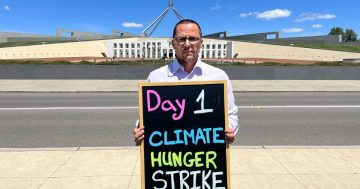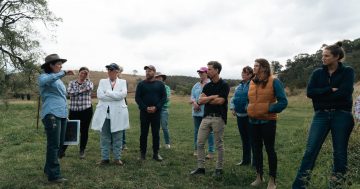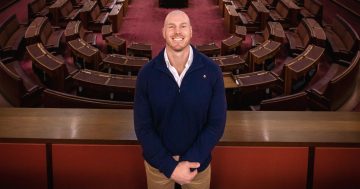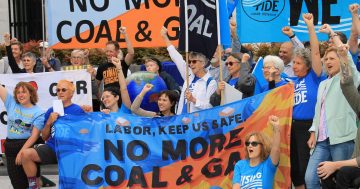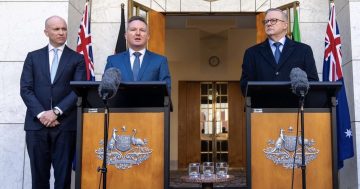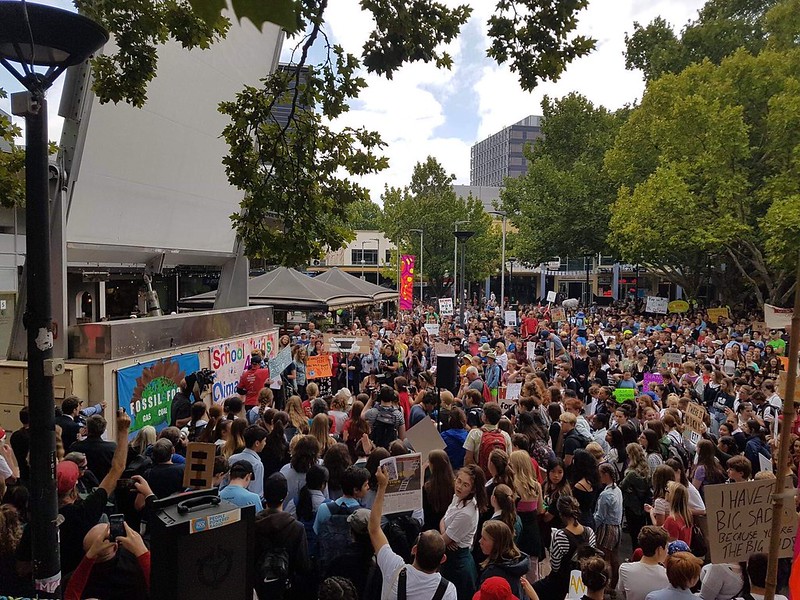
The May Student Climate Strike attracted thousands of people to Garema Place. Photos: Supplied by School Strike 4 Climate.
The global student climate strike movement is a phenomenon that keeps growing. The next action is planned on 20 September at Glebe Park from 12 pm, and this time everyone is encouraged to attend.
It was less than a year ago that we saw students here in Canberra and across the world walking out of school and demanding more action on climate change.
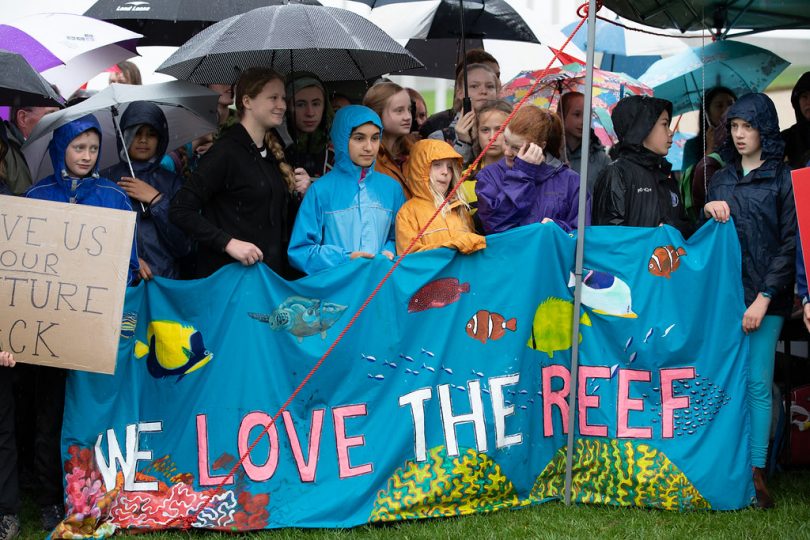
Despite inclement weather, the first student strike at Parliament House in November attracted hundreds of people.
There have been multiple actions of this nature since then. The largest was in March when more than 5000 students and their supporters turned up in Garema Place to call for greater action on climate change. This was part of a global strike involving more than one and a half million people worldwide.
Despite being chastised by the Prime Minister and other senior politicians, the students are not going to go quietly and have continued their activism with events at politicians’ offices, meetings with community leaders and public presentations at events all over Canberra. Another major action was in May, when the students once again braved the rain to gather at the offices of federal politicians demanding they do more to prioritise the climate in the lead up to the election.
It is pretty clear that these students are not going to stop, and will continue to strike and call for more action.
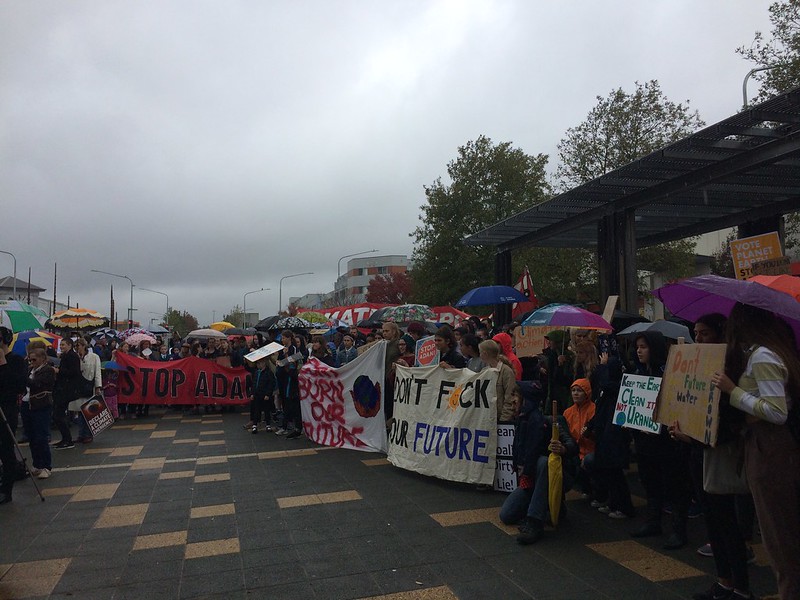
In May, students gathered at the offices of parliamentarians to demand more action on climate change.
Friday 20 September is set to be the biggest event yet. A global climate strike is planned that is garnering support across the community. This action is student-led, but these young people are calling on everyone to get involved. Here in Canberra, they are hoping to have 10,000 people come and join the calls for greater action on climate change.
In Canberra, unlike its federal counterparts, the ACT Government has issued a statement of support for the students and the action planned for 20 September. With the government having declared a climate emergency, our local government understands that there is a role for governments to play.
This action is also seeing business get behind it, with Australian tech company Atlassian encouraging its workforce to get involved in the strike. A host of unions have also thrown their support behind the strike, as has the Uniting Church.
Some people have questioned what the point of these actions is. Since the last major action, we have seen Government continue to back coal projects such as the Adani Carmichael coal mine. We have seen Australia’s greenhouse gas emissions rise. If we want to ensure our future generation has a hospitable place to call home, the time to act is now.
Climate change actions like the ones we are discussing now were never designed as a short-term fix. This is about building a movement that is led by the people who will be the generation that have to live with the consequences of inaction on climate change. This phenomenon has not just inspired, activated and mobilised a generation of young people, it has also demonstrated to the generations ahead of them that action is urgent, that everyone’s voice is important and there are things that must be done.
As the ACT Government has shown, moving to emission-free activity is not only possible (as shown by the way we will meet our 100 per cent renewable electricity target by 2020), it is inevitable. Even in the face of government inaction, business is moving to innovate and introduce new ways for us to reduce emissions and transition to a carbon-free economy.
The question now is how just this transition will be, who will bear the costs, and what environmental damage will be done while we dither.
I will proudly stand beside my children as they participate in the next global climate strike on 20 September at Glebe Park. Will you?












